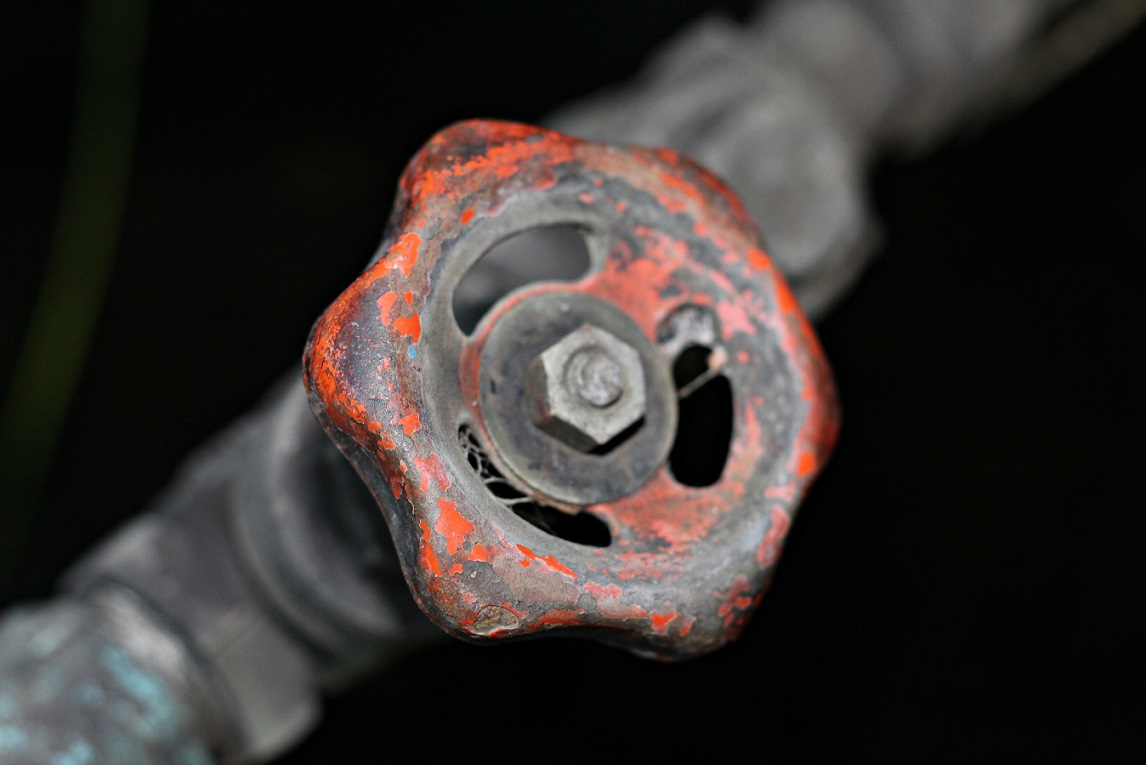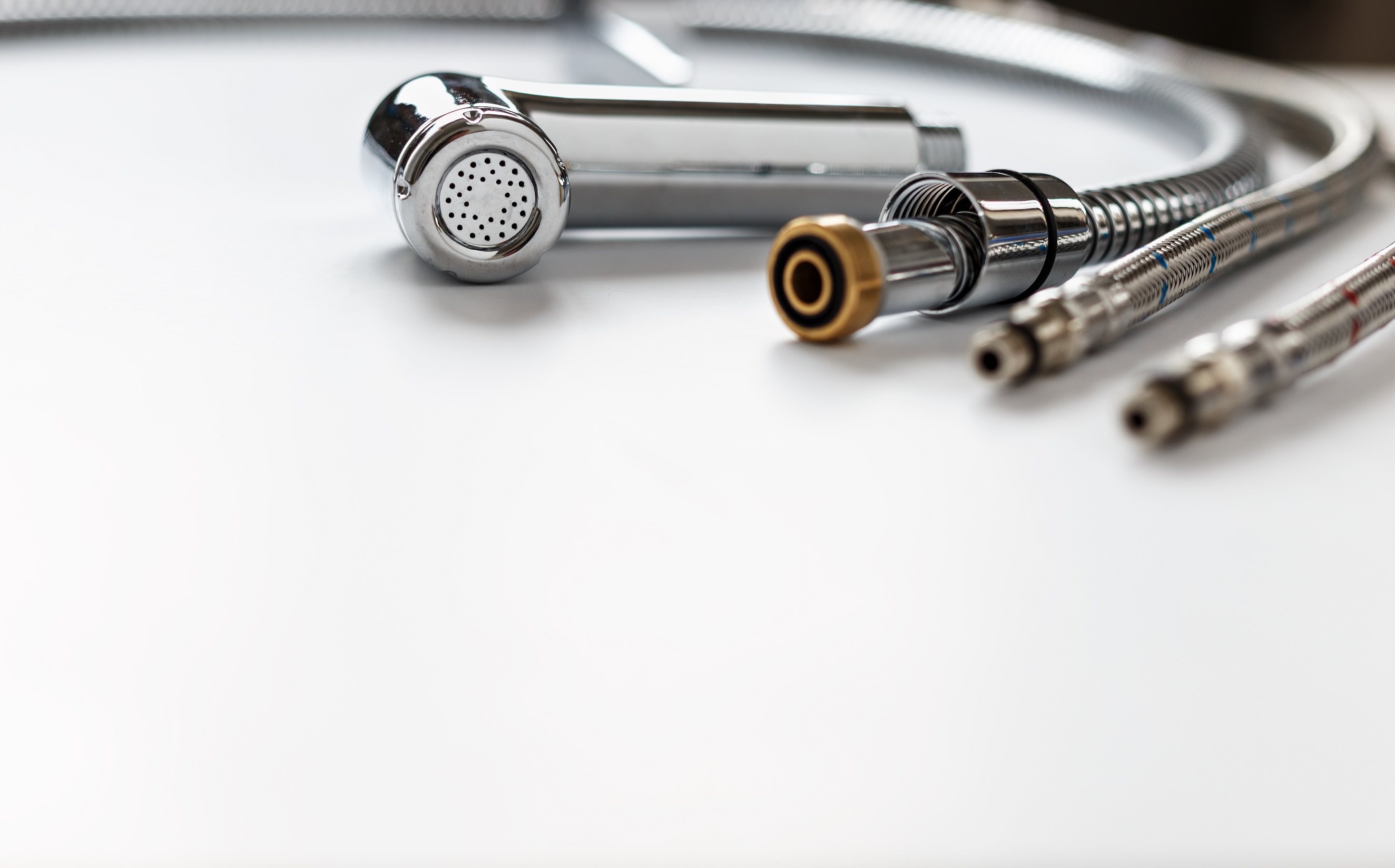How to Stop Leaks Before They Start
 01 January 2019
01 January 2019 

Make This A DIY Plumbing Weekend
It’s easy to spring a troublesome leak in your bathrooms, kitchen or utility room if the water lines for your sinks, toilets and washing machine are made of rubber or plastic. That’s likely to be possible if you have an older house. But even some newer homes can use plastic supply lines or plastic nuts on the plumbing lines.

When you have a leak, it can be impossible to turn off the water to a sink or toilet if the shut-off valves are old-fashioned gate valves – the kind that look like small steering wheels and have to be twisted to shut off the water. You can replace those individual gate valves in bathrooms and the kitchen by yourself.
But if the main shutoff valves for the whole house are gate valves, it’s a good idea to have a plumber replace those main valves with new ball valves so you can shut off the water in an emergency.
What Equipment Do I Need To Complete This Myself?
The tools you will need for your weekend of plumbing jobs are an adjustable wrench and possibly locking pliers.

You’ll have to visit a hardware store to buy braided stainless steel supply lines for each connection you’ll be working on. Make sure that the supply lines are braided stainless steel with metal attachment nuts on each end.
You’re also going to buy new angle stops or shut off ball valves to replace the old gate valves, but you may be unsure of what type of valve you want until you have removed one of them. Once it is removed, take it with you to the hardware store for help with getting the right type of valve.
How Should I Approach & Complete The Job?
When you start that first plumbing job, first go outside to turn off water to the entire house. You can often find that main water shutoff valve located close to a garden hose valve near the front of your house. Turn that main valve off and then turn on the garden hose valve to relieve the pressure.

Back inside the house, remove the supply line you want to replace, and use a wrench to unscrew the existing gate valve. Be sure to have a towel or a few rags handy as there will be water to soak up.
At this point, you can take the old valve to the hardware store for help in getting the right valve or valves. You’re buying the solid brass, quarter-turn style as they are the least prone to corrosion.
Then install the new valve, connect the supply line and turn the new valve to off.
Next, go outside and turn on the water to the whole house and again go inside to check your new valve and supply line for leaks. If everything is OK, turn on the new valve and check again for leaks.
There you go. You now have angle stop supply valves and supply lines that will last for many years.
###
RELATED CONTENT:
- Blog: Rosie On The House Launches A New Service
- DIY FAQ: How Can I Prevent My Pipes From Freezing?
- Blog: What To Do When The Floor Starts Heaving
- Blog: Ten Facts You Need To Know About Water Damage
- DIY FAQ: Rosie's Water Treatment Consumer Guide
- Podcast: Why Arizona Water Needs Special Treatment
Print this page
recent post
- Duck, Duck, Duct! How Often Should Ductwork Be Cleaned?
- Vinyl vs. Fiberglass Windows: Which Is The Better Choice Of Replacement Window?
- We May Be The Grand Canyon State, But The Rocky Mountains Are Important For Arizona
- Welcome to Arizona! Things A Newbie to Arizona Should Know
- The Pros & Cons of Buying A Flipped House
- Getting In On The Ground Floor
- Why It’s More Critical Than Ever To Get Your AC Serviced Before Summer
- The Reality of Remodeling
- What To Look For When Comparing Your Roofing Quotes
- What To Expect When Buying New Windows & Doors
